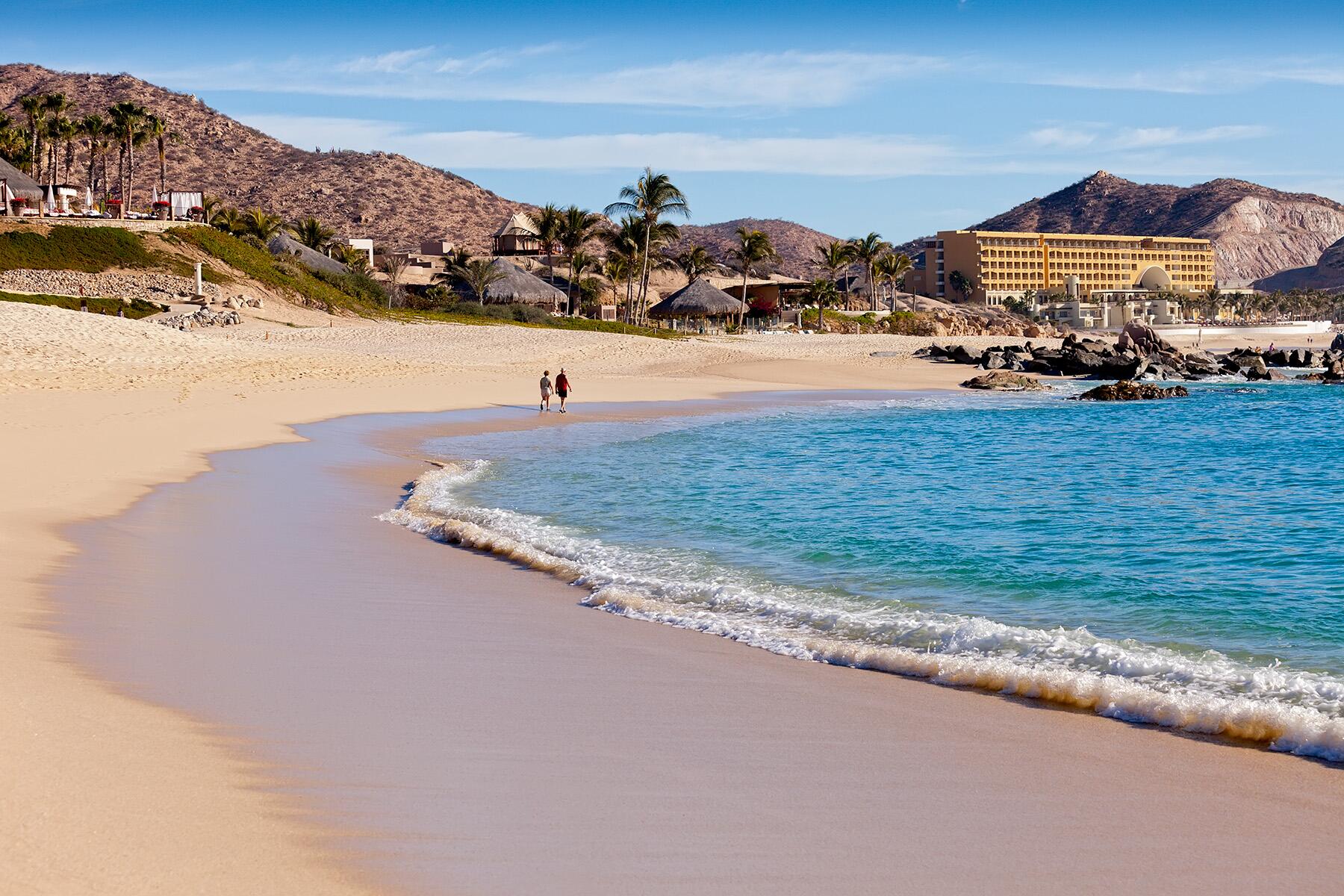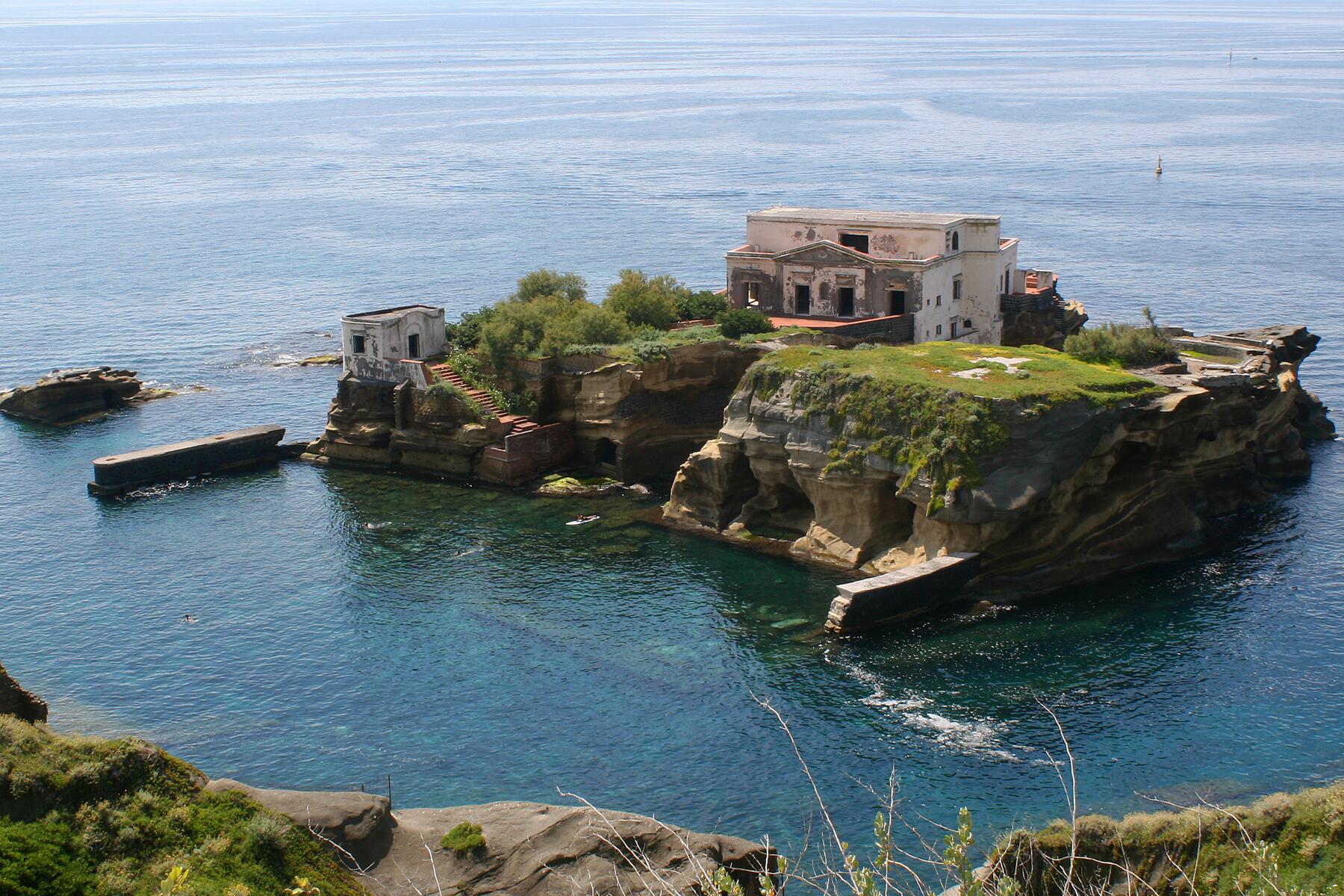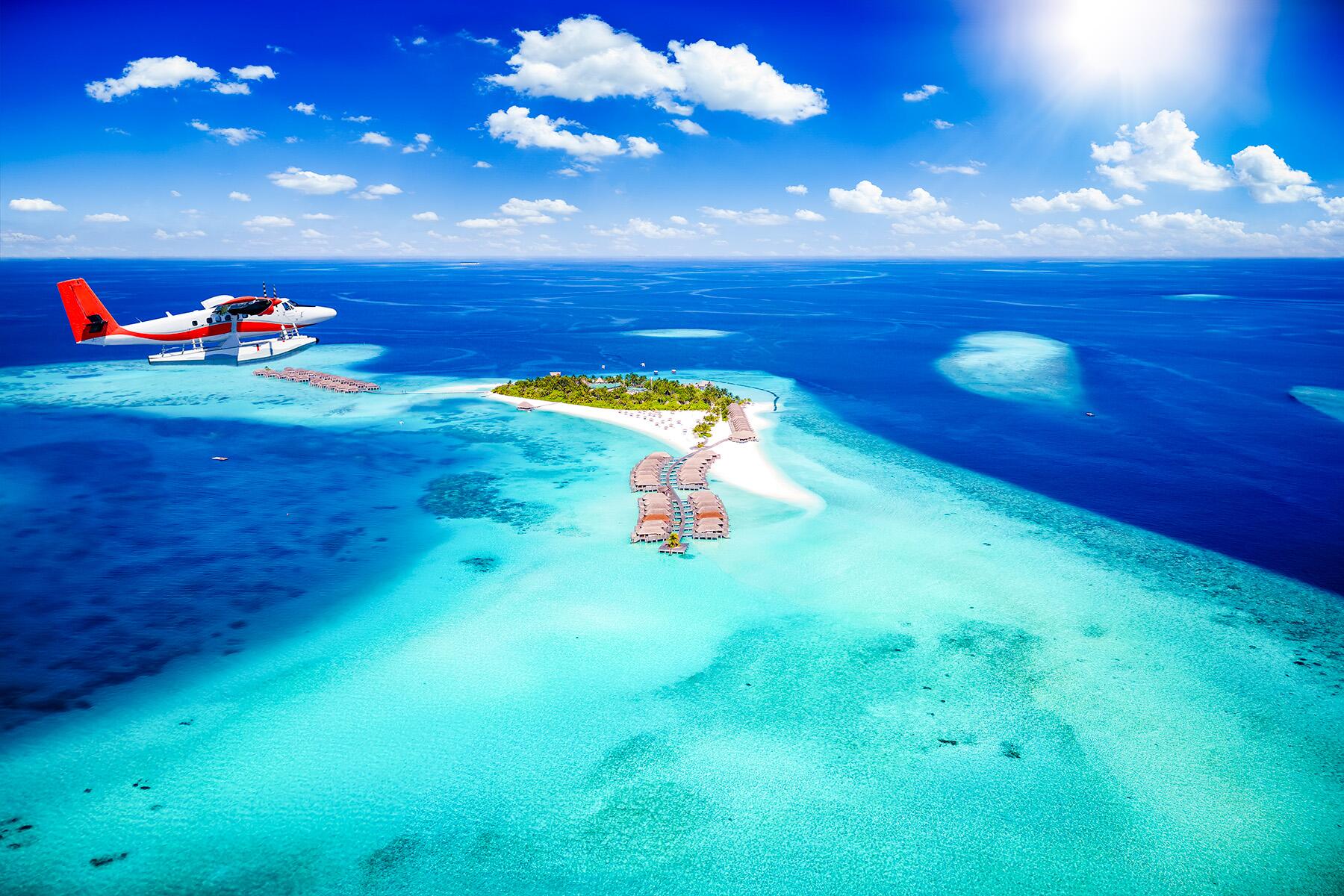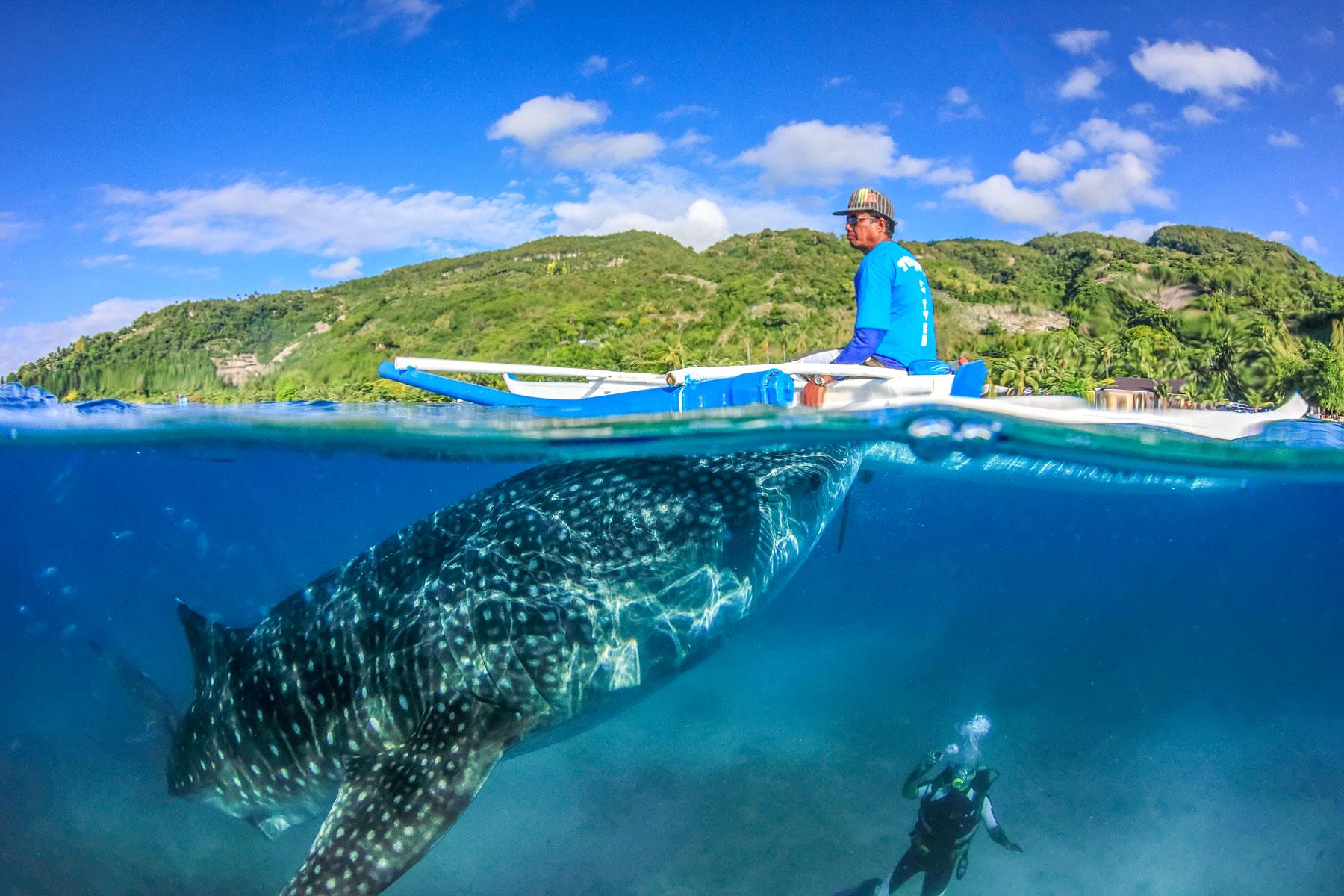Swimming with the world’s largest shark is a bucket list experience like no other--if you do it right.
Sharing the water with a shark the size of a school bus might sound more terrifying than appealing. But while whale sharks can reach up to 18-20 meters in length, the world’s largest fish isn’t going to eye you up for its next meal. These plankton-feeders are not only totally harmless to humans but are often found feeding in shallow waters, so it’s safe to jump in and snorkel with them without needing a scuba qualification.
While these immense creatures can’t harm humans, the same can’t be said the other way around: the species is threatened by marine pollution, boat strikes, and accidental entanglement in fishing nets (among other things), and is classified as endangered on the IUCN Red List of Threatened Species. The ethics of interacting with a threatened species are complex: while tourist dollars can hugely benefit the economies of poor countries and help fund vital conservation work, unmanaged tourism can distress or harm the animals. Here’s everything you need to know to organize a responsible, sustainable encounter in the world’s whale shark hotspots.




